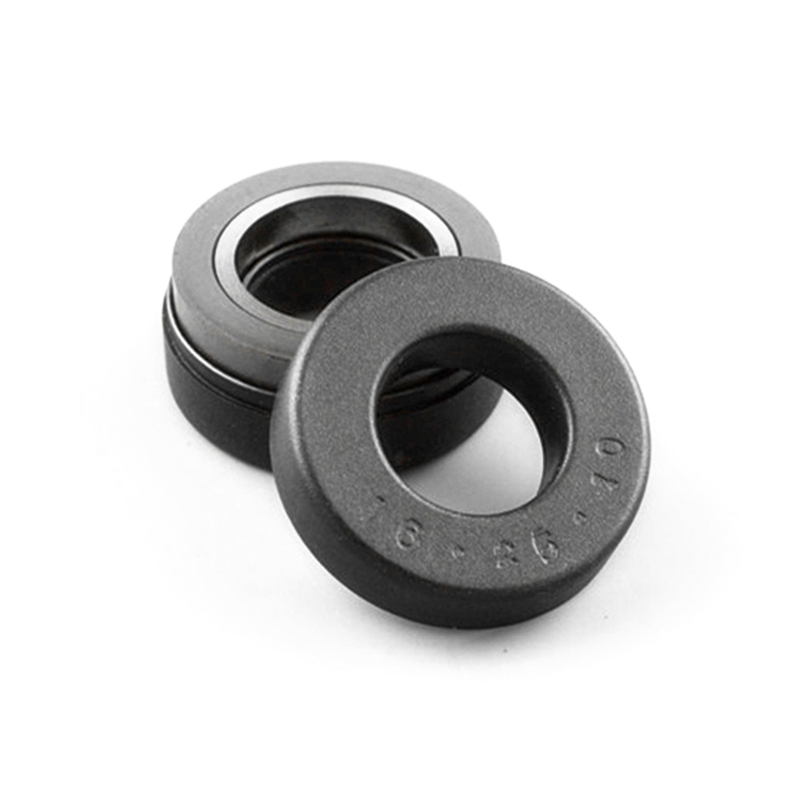Amorphous nanocrystalline cores represent a remarkable advancement in magnetic materials, combining the benefits of both amorphous and crystalline structures to deliver superior performance in various applications. These cores are primarily composed of iron, cobalt, and other elements, processed to achieve a unique microstructure that enhances magnetic properties while reducing energy losses.
One of the most significant advantages of amorphous nanocrystalline cores is their high magnetic permeability. This characteristic allows for efficient magnetic flux conduction, making these cores ideal for use in transformers, inductors, and various electronic devices. The nanocrystalline structure enables the cores to maintain low hysteresis losses, which is crucial for energy-efficient operation in applications such as power supplies and electric vehicles.
In the automotive sector, the demand for lightweight and efficient components has driven the adoption of amorphous nanocrystalline cores. These cores help reduce the overall weight of the electrical systems, thereby enhancing vehicle efficiency without compromising performance. Additionally, they are widely used in renewable energy applications, such as wind turbines and solar inverters, where efficient energy conversion is essential.

Manufacturers have recognized the importance of precision in producing amorphous nanocrystalline cores. The production process involves rapid cooling of molten alloys, resulting in a non-crystalline structure. This technique not only enhances magnetic properties but also contributes to the material's mechanical strength, making it suitable for demanding environments. With the growing emphasis on sustainability, these cores also offer an eco-friendly alternative due to their ability to minimize energy losses and reduce overall carbon footprints.
The versatility of amorphous nanocrystalline cores extends to telecommunications as well. In high-frequency applications, such as RF transformers and antennas, these cores help improve signal integrity and reduce interference, which is increasingly important in our digitally connected world. Their ability to operate efficiently at elevated frequencies makes them invaluable in the rapidly evolving telecommunications landscape.
As the market continues to demand higher efficiency and performance, the future of amorphous nanocrystalline cores looks promising. Research and development efforts are focused on optimizing their properties further, exploring new alloy compositions, and enhancing fabrication techniques. This ongoing innovation will likely lead to even more applications across various industries, positioning amorphous nanocrystalline cores as a cornerstone of modern electromagnetic technology.

 English
English 中文简体
中文简体 Deutsch
Deutsch 日本語
日本語

 View More >>
View More >> View More >>
View More >> View More >>
View More >> View More >>
View More >> View More >>
View More >> View More >>
View More >> View More >>
View More >> View More >>
View More >>